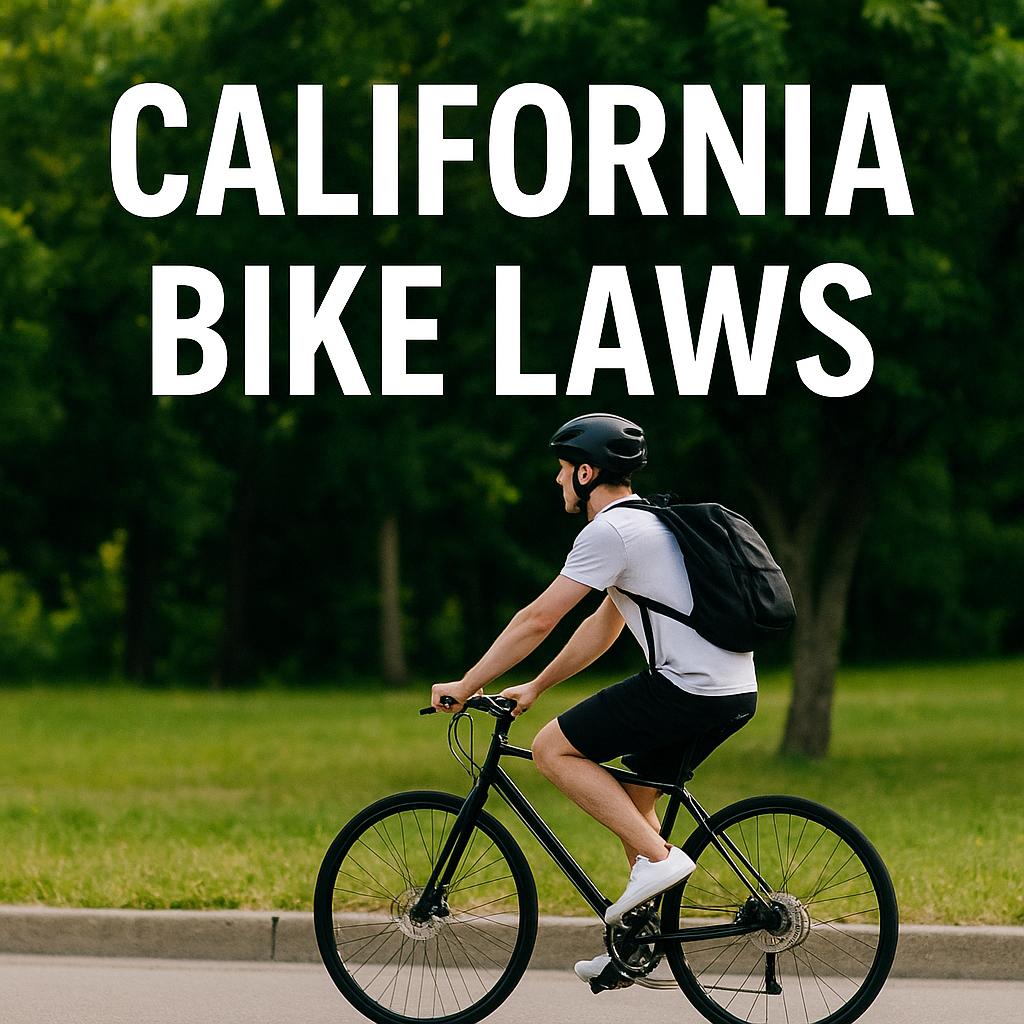California Bike Laws Explained: Your Guide to Riding Legally

Cycling in California offers a fantastic way to commute, exercise, or simply enjoy the state’s scenic routes. However, many cyclists aren’t fully aware of the rules they’re expected to follow. Understanding California’s bike laws is crucial not just to avoid fines but also to stay safe and protect those around you. Knowing where you’re allowed to ride, what equipment you must have, and the responsibilities you share with motorists can make the difference between a smooth ride and a dangerous situation.
California Vehicle Code specifies that cyclists should use a bike lane whenever one is available. However, there are important exceptions: cyclists can leave the bike lane when they need to overtake another cyclist or vehicle, avoid debris or other hazards, or prepare to make a left turn. If there isn’t a bike lane, the law requires cyclists to ride as far to the right as is practical. This means staying to the right edge of the road or traffic lane but only when it’s safe to do so. For example, if the lane is too narrow for a bike and a car to travel side by side safely, cyclists can ride further into the lane to avoid being dangerously squeezed. This provision recognizes that sometimes riding closer to the center of the lane is the safest option for both cyclists and drivers.
Where you can ride also depends on local regulations. In some cities, cycling on the sidewalk is completely legal; in others, it’s banned, particularly in business districts or busy pedestrian areas. For instance, Los Angeles prohibits sidewalk riding in certain neighborhoods but allows it elsewhere, while San Francisco prohibits it in business districts. Cyclists must check municipal codes or posted signs to ensure they’re following local laws.
Another key aspect of bike law compliance is obeying all traffic signals and signs. Cyclists are considered vehicle operators under California law, meaning they must stop at stop signs, yield when required, and follow all traffic lights. “Rolling stops” may seem harmless, but they can cause confusion for motorists and pedestrians and lead to citations or collisions. Predictable behavior by cyclists—like making full stops and using proper hand signals for turns—helps drivers anticipate movements and improves overall road safety.
Helmet use is another essential part of California bike safety regulations. The law requires anyone under 18 to wear a helmet when riding a bicycle, a scooter, or when using inline skates or skateboards. Adults 18 and older are not legally required to wear a helmet, but wearing one is highly recommended. Statistics show that helmets significantly reduce the risk of head injuries in a crash, and many organized cycling events and clubs require helmets regardless of age.
Equipment requirements are also clearly defined in the law. At night, your bike must have a white front light visible from at least 300 feet, a red rear reflector or light visible from at least 500 feet, and white or yellow reflectors on the pedals and sides of the bike. These requirements are designed to ensure that cyclists are visible to drivers, pedestrians, and other cyclists in low-light conditions. Additionally, your bike must have functioning brakes capable of making a wheel skid on dry, level pavement. Riding without lights or reflectors not only puts you at risk but can also result in fines.
It’s also important to remember that cycling under the influence of alcohol or drugs is illegal in California. Cyclists can be charged with a Bicycle DUI if they’re found riding while impaired, with penalties including fines up to $250. Riding under the influence endangers you and others by slowing reaction times and impairing judgment.
Passing laws also apply to motorists interacting with cyclists. California’s Three Feet for Safety Act requires drivers to give cyclists at least three feet of clearance when passing. If it’s not possible to give three feet—such as on narrow roads—drivers must slow down to a safe speed and only pass when there’s sufficient space. This law aims to prevent dangerous close passes, which can startle or injure cyclists.
Lastly, the law prohibits cyclists from wearing earbuds or headphones in both ears while riding. This ensures cyclists can hear approaching vehicles, emergency sirens, and other critical sounds. Riding with both ears blocked reduces awareness and increases the risk of accidents.
By understanding and following these California bike laws, cyclists can make their rides safer, avoid unnecessary fines, and promote a culture of respect between road users. Staying informed isn’t just about compliance—it’s about being a responsible member of the community and making sure everyone gets home safely. Whether you’re an experienced cyclist or just starting out, taking these laws seriously helps protect yourself and others on the road.
- Art
- Causes
- Crafts
- Dance
- Drinks
- Film
- Fitness
- Food
- Games
- Gardening
- Health
- Home
- Literature
- Music
- Networking
- Other
- Party
- Religion
- Shopping
- Sports
- Theater
- Wellness


